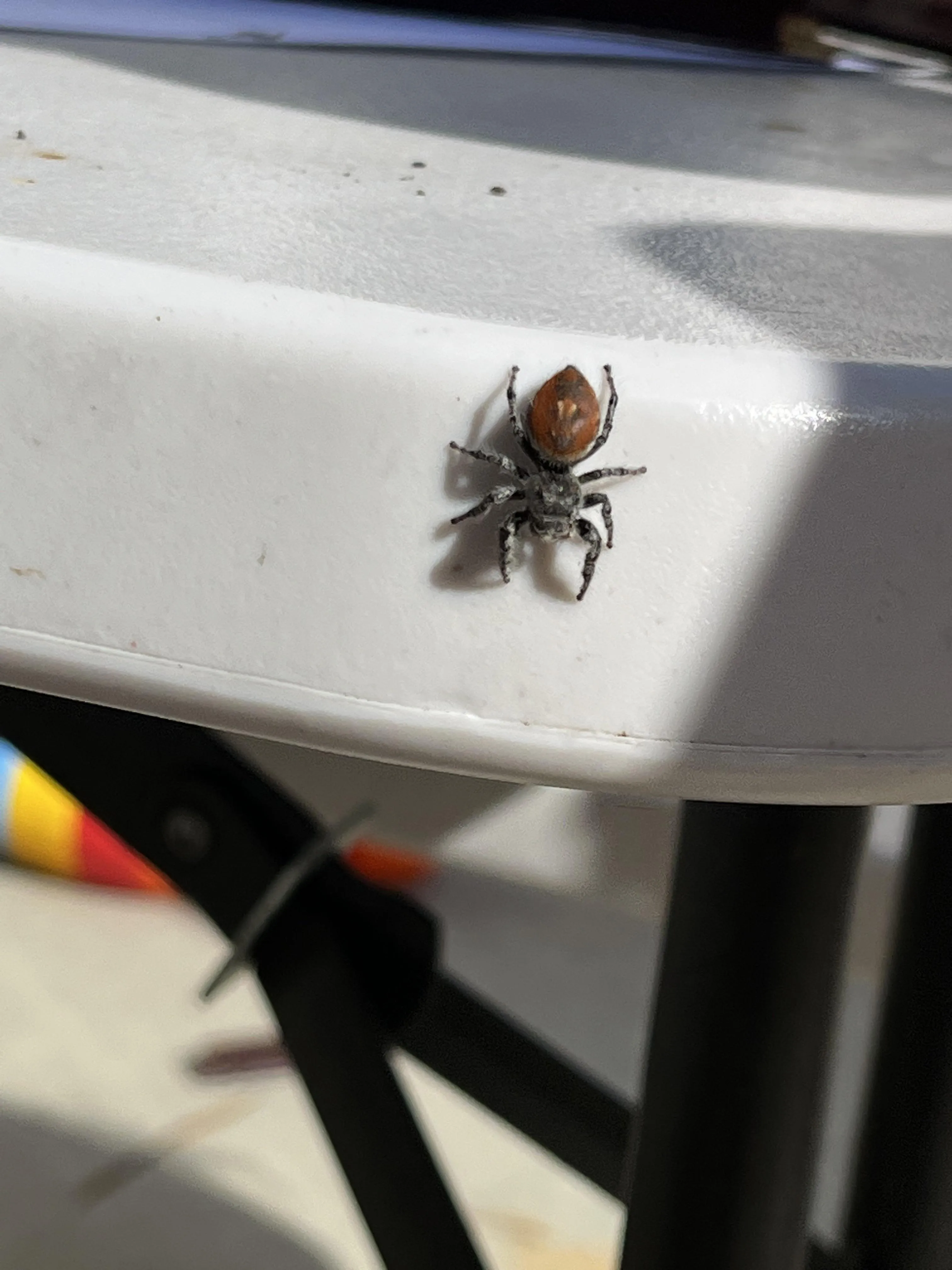Baby Tarantula Care Guide How to
Caring for a baby tarantula, also known as a spiderling, can be a rewarding experience, but it requires understanding and dedication. These tiny arachnids are delicate and have specific needs that must be met to ensure their health and survival. This comprehensive guide will walk you through the essential aspects of baby tarantula care, from setting up their habitat to feeding and handling them safely. By following these guidelines, you can provide a comfortable and enriching environment for your spiderling, allowing it to thrive and grow into a beautiful adult tarantula. Remember, patience and observation are key to successful tarantula keeping. Each spiderling has its own personality and needs, so paying close attention to your pet’s behavior is essential for its well-being. This guide aims to equip you with the knowledge needed to become a responsible and successful tarantula keeper.
Setting Up Your Baby Tarantula’s Habitat
The habitat is the foundation of your baby tarantula’s well-being. Creating a suitable environment involves careful consideration of several factors to mimic their natural habitat as closely as possible. A properly set up enclosure provides a safe and comfortable space for your spiderling to grow and thrive. This means providing the right conditions for temperature, humidity, and security. The setup should also make it easy for you to observe your pet, provide food, and clean the enclosure without stressing the spider. Remember that consistency is key. Once you establish the right environment, maintaining it is crucial for your baby tarantula’s health and longevity. The aim is to replicate a natural environment as closely as possible while ensuring easy access for care and maintenance.
Choosing the Right Enclosure
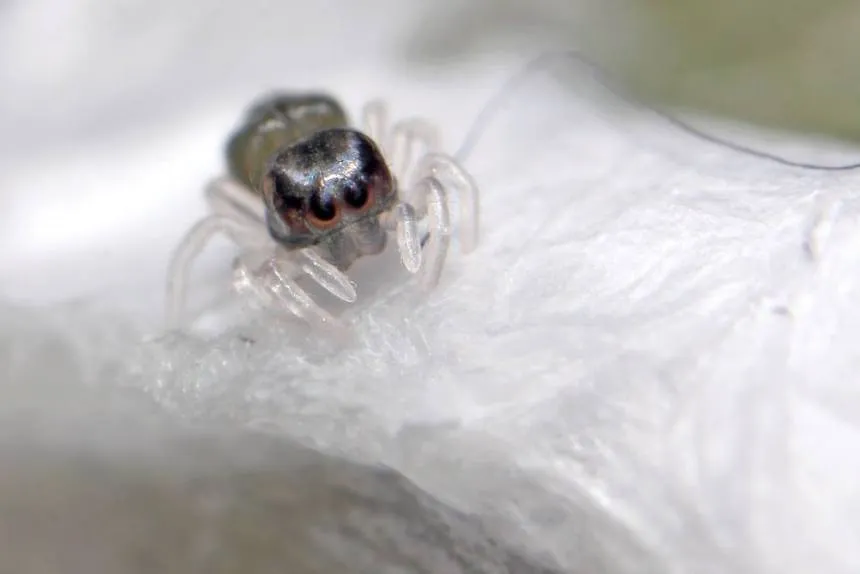
The enclosure should be appropriately sized for your baby tarantula. A good rule of thumb is to choose an enclosure that is roughly three times the spiderling’s leg span in length and width. This allows them enough space to move around, hunt, and build a burrow if they are a terrestrial species. For arboreal species, the height of the enclosure is more critical than the width. Make sure the enclosure is escape-proof with a secure lid. Ventilation is also crucial. The enclosure should have adequate ventilation to prevent the buildup of humidity and stale air. However, ensure that the ventilation holes are small enough that the spiderling cannot escape. Clear plastic containers or glass terrariums work well. Avoid enclosures with sharp edges or features that could injure the spiderling. A simple, well-designed enclosure is usually the best.
Substrate Selection for Tarantula Babies
The substrate, or bedding, plays a vital role in the baby tarantula’s habitat. It provides a place for them to burrow, aids in regulating humidity, and offers a sense of security. The best substrate depends on the tarantula species. For most terrestrial species, a mixture of peat moss, coconut fiber, and a bit of vermiculite works well. This combination retains moisture, allows for burrowing, and helps maintain the correct humidity levels. Avoid substrates that are too dusty or that could irritate the spiderling’s sensitive hairs. For arboreal species, a slightly different approach is needed. They may prefer a substrate that helps them climb, such as sphagnum moss or cork bark. Always ensure the substrate is clean and free of any chemicals or pesticides. The depth of the substrate should be sufficient to allow the spiderling to burrow comfortably.
Temperature and Humidity Control
Maintaining the correct temperature and humidity is critical for your baby tarantula’s health. Most species thrive in temperatures between 75-85°F (24-29°C). You can use a heat mat placed on the side of the enclosure, never directly underneath, to provide gentle warmth. Avoid direct sunlight, which can overheat the enclosure. Humidity levels also need to be carefully monitored. The required humidity varies by species, but generally, a range of 60-75% is suitable for most. Use a hygrometer to measure humidity. You can increase humidity by misting the enclosure with water, especially around the substrate. Adequate ventilation is necessary to prevent mold growth. Make sure the enclosure never gets too wet or too dry. Regularly check the temperature and humidity levels and adjust as needed to ensure your baby tarantula’s comfort and well-being.
Feeding Your Tarantula Spiderling
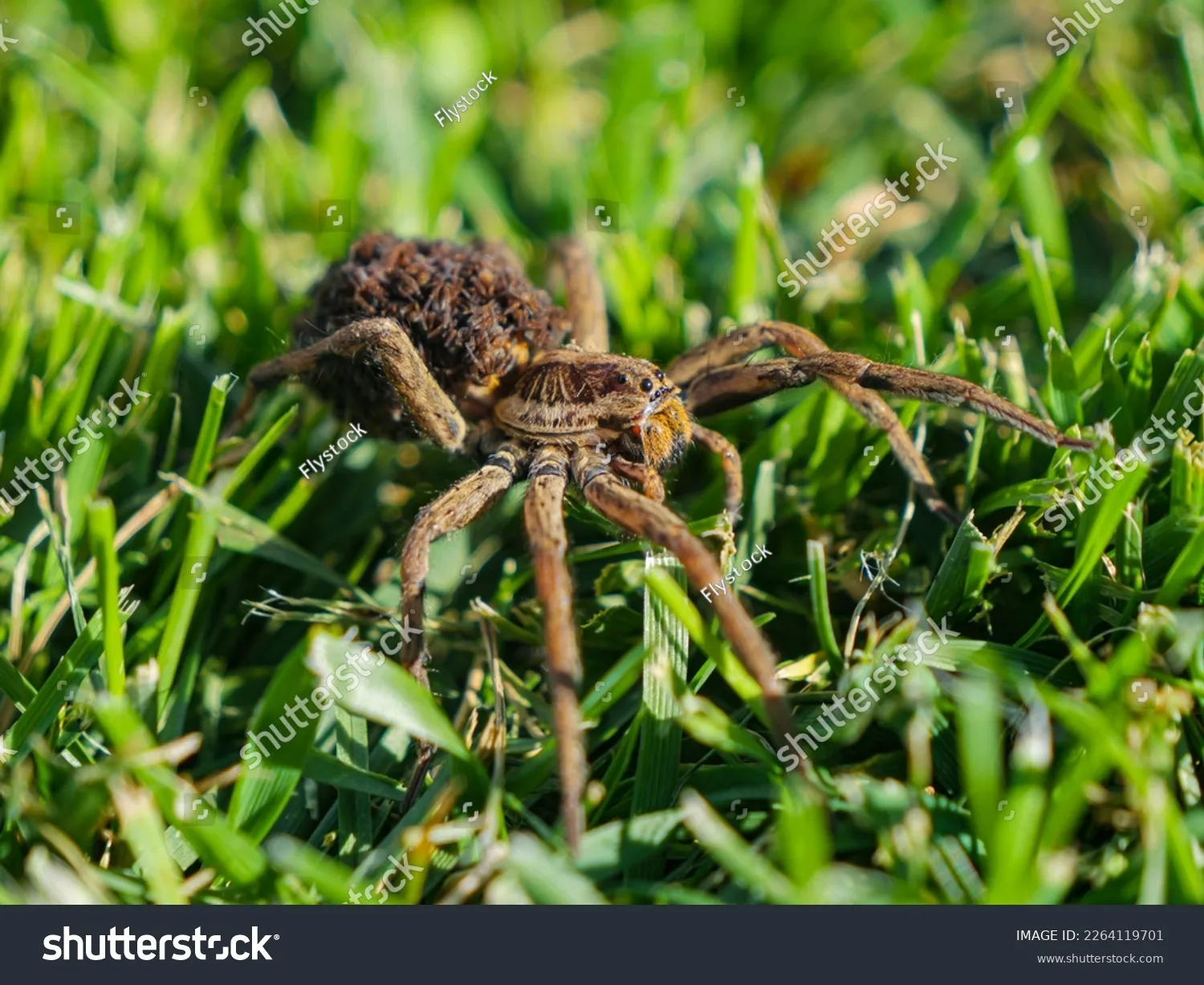
Feeding is one of the most exciting parts of caring for a baby tarantula. Watching your spiderling hunt and eat is a fascinating process. However, it’s essential to feed them the right foods and in the correct amounts to promote healthy growth. Baby tarantulas have specific dietary needs, and understanding these needs will contribute significantly to your pet’s well-being. The frequency of feeding, the size of the prey, and the overall nutrition all matter. Furthermore, observation plays a critical role. Observing how your tarantula feeds and interacts with its prey will provide insights into its health and appetite. This section will guide you through the various aspects of feeding your baby tarantula, from choosing the right foods to addressing potential challenges.
What to Feed Baby Tarantulas
Baby tarantulas primarily eat small insects. The most common food items are flightless fruit flies, pinhead crickets, and small mealworms. The key is to ensure the prey is appropriately sized – smaller than the tarantula’s body. You can also consider pre-killed prey, particularly if the spiderling is having trouble catching live insects. When choosing prey, consider its nutritional value. Crickets and mealworms provide good protein, but it’s beneficial to vary the diet. Dusting the insects with a calcium and vitamin supplement can also help ensure your spiderling gets the necessary nutrients. Always ensure the prey insects are free of pesticides. Sourcing your food items from a reputable supplier is crucial for the health of your spiderling. Fresh, healthy prey is vital for their growth and development. Avoid overfeeding, which can stress the spiderling and cause it to become less active.
Feeding Frequency and Portion Sizes
The feeding frequency for baby tarantulas depends on their age and growth rate. Generally, spiderlings should be fed every 2-3 days. As they grow, you can gradually reduce the frequency. The goal is to ensure the tarantula is well-fed without overfeeding. Portion sizes are also important. The prey should be small enough for the tarantula to handle and consume easily. Overfeeding can lead to problems with molting. Observe how much your spiderling eats and adjust the portion size accordingly. Remove any uneaten prey after a few hours to prevent them from stressing or injuring the tarantula. When your tarantula refuses to eat, it may be about to molt. Avoid feeding the tarantula during this period. Monitor your spiderling’s abdomen size to assess its condition; a well-fed tarantula will have a plump abdomen.
Watering and Hydration for Spiderlings
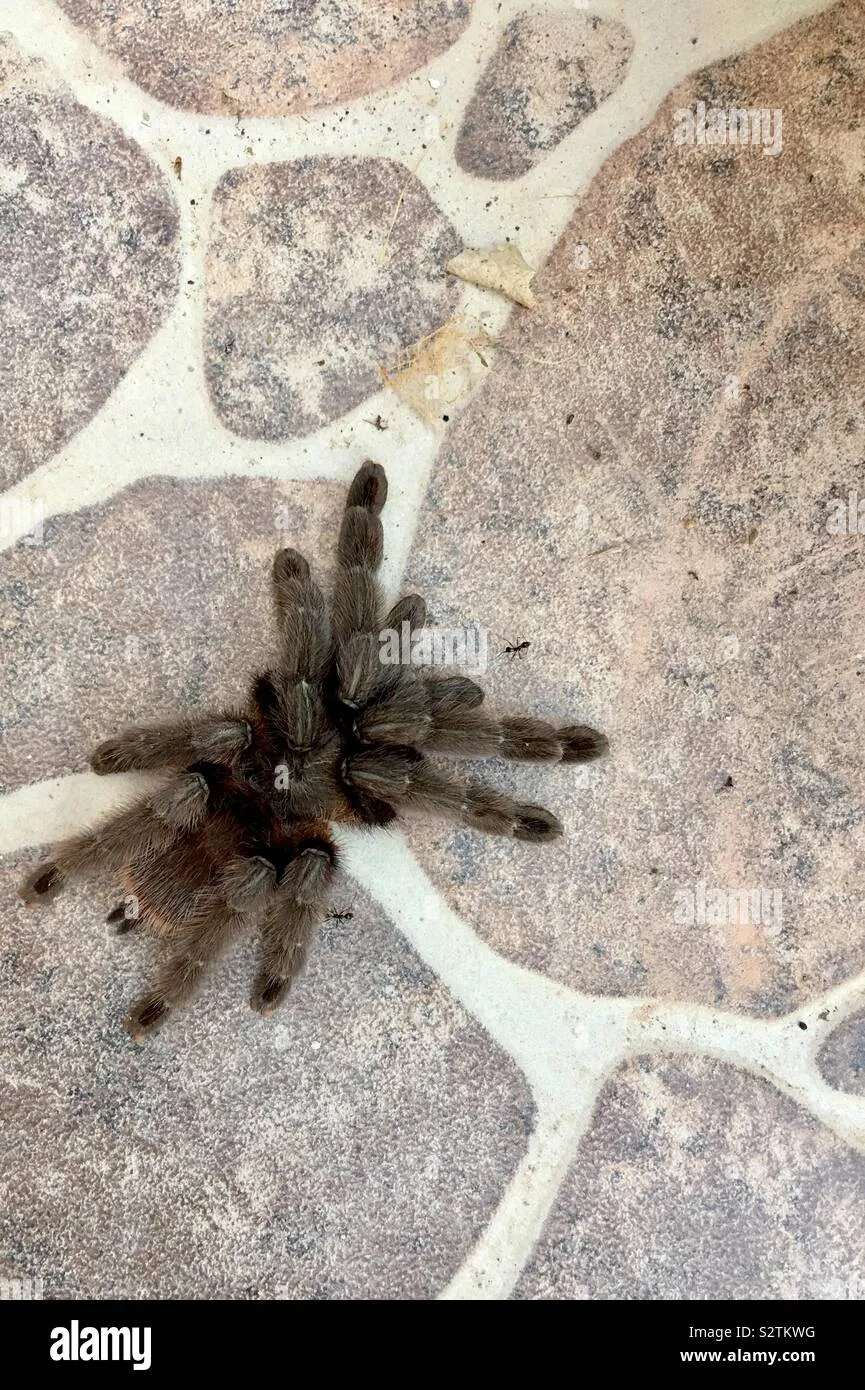
Baby tarantulas need a constant source of fresh water to stay hydrated. Unlike adults, spiderlings are more prone to dehydration. The most common method is to provide a shallow water dish with a small sponge or cotton ball to prevent the spiderling from drowning. Another option is to mist the enclosure regularly, ensuring the substrate remains slightly moist. Be careful not to over-mist, as this can lead to mold growth. The water should always be clean and free of chemicals. Replace the water regularly. Monitor your spiderling for signs of dehydration, such as a wrinkled abdomen. If you notice these signs, increase the frequency of watering or misting. Proper hydration is crucial to their overall health and successful molting.
Handling and Safety Precautions
Handling a baby tarantula is generally not recommended unless necessary, such as when rehousing or cleaning the enclosure. These spiderlings are fragile and can be easily injured. Moreover, handling can stress them, which is detrimental to their health. However, if you must handle your spiderling, you need to take the utmost care. Always handle the spiderling over a soft surface, such as a bed or a table covered with a blanket, to minimize the risk of injury if it falls. Keeping a calm and patient approach is essential. Remember, the safety of both the spiderling and yourself is the top priority. This section provides insights into safe handling practices, recognizing stress, and understanding the risks involved in interacting with these tiny creatures.
When and How to Handle Your Spiderling
If you must handle your baby tarantula, do so gently and with caution. The best method is to gently coax the spider onto your hand, using a soft brush or a piece of paper. Never try to grab or squeeze the spiderling. Move slowly and deliberately, and avoid sudden movements that could startle it. Always wash your hands thoroughly before and after handling. Avoid handling the spiderling if you have any cuts or abrasions on your hands, as this can expose them to potential infections. Always supervise children when handling or near baby tarantulas. Be aware of the spiderling’s behavior. If the spiderling seems agitated or defensive, it’s best to leave it alone. When in doubt, it’s best to err on the side of caution and avoid handling altogether. Ensure the enclosure is secure before and after handling, to prevent any escapes.
Recognizing Stress in Your Tarantula
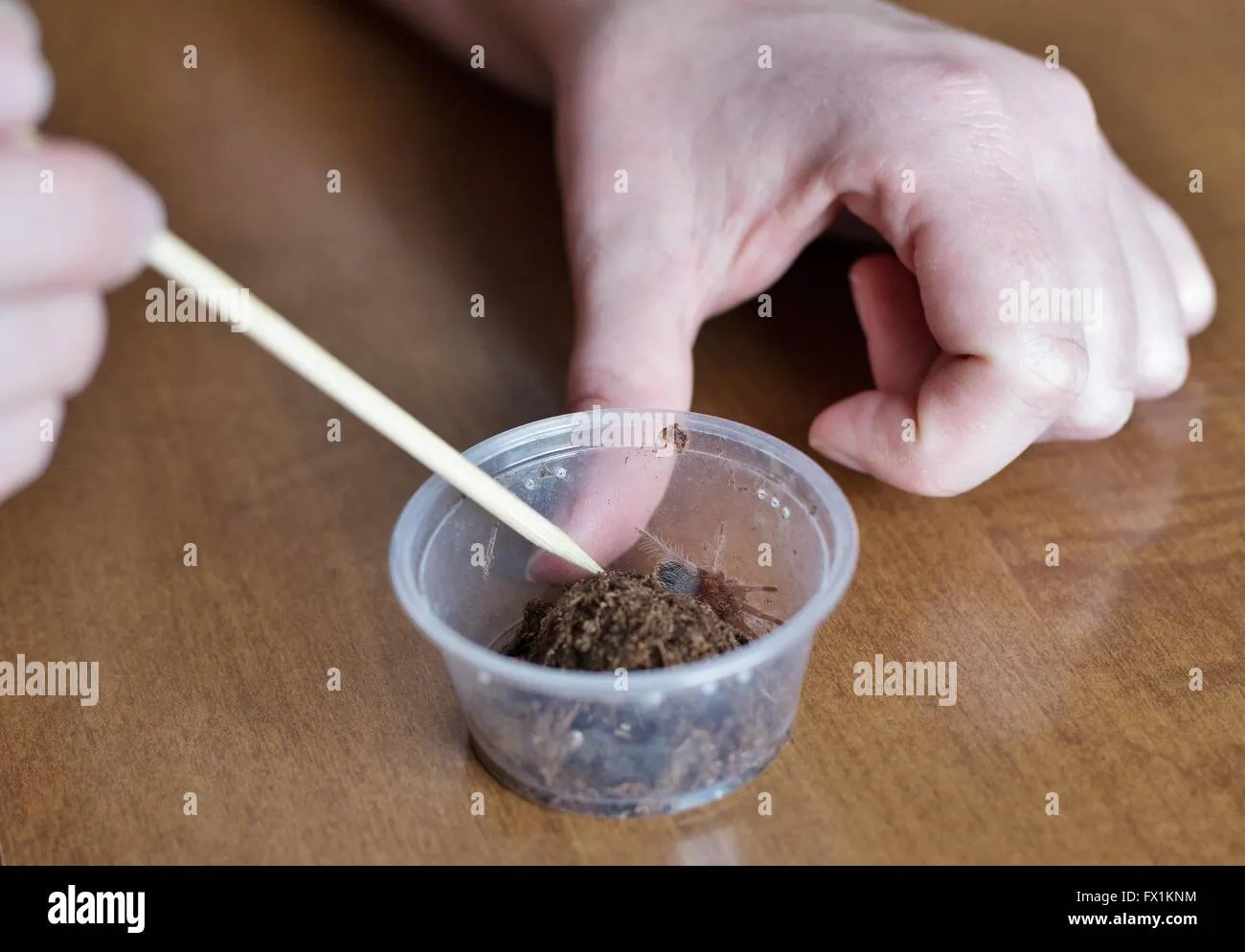
It’s important to recognize the signs of stress in your baby tarantula to provide appropriate care and minimize handling. Stress can weaken the immune system and make your spiderling more vulnerable to diseases. Some signs of stress include a defensive posture, such as raising their front legs or flicking their hairs (urticating hairs, found in some species). Other signs include refusing food for an extended period, excessive hiding, or rapid movements. If your spiderling displays signs of stress, reduce handling and ensure its enclosure is set up correctly. Provide plenty of hiding places and maintain the correct temperature and humidity. Create a stress-free environment by avoiding loud noises and sudden movements around the enclosure. If stress persists, consult with an experienced tarantula keeper or a veterinarian specializing in exotic animals for advice.
Health and Common Issues
Baby tarantulas, like all animals, can experience health issues. Understanding common problems and how to address them is essential for their care. Regular observation is crucial. Regularly inspect your spiderling for any abnormalities, such as changes in behavior, appearance, or eating habits. Early detection is key to preventing serious health complications. This section will cover common issues like mites, problems with molting, and what to do when you observe something unusual. Proper care and preventative measures can significantly increase the chances of a healthy and long life for your pet. Keep a watchful eye over their behaviors and be prepared to take action when something does not look right.
Identifying and Treating Mites
Mites are a common problem in tarantula enclosures, and they can be detrimental to the spiderling’s health. These tiny pests can feed on the tarantula, its eggs, or the decaying matter in the enclosure. Signs of a mite infestation include small, moving specks on the spiderling, the substrate, or the enclosure walls. In some cases, you might see mites clustered around the spiderling’s mouthparts. If you suspect a mite infestation, isolate the affected spiderling and remove all substrate and decorations from the enclosure. Clean the enclosure thoroughly with a reptile-safe disinfectant. There are several ways to treat the spiderling. You can use mite-killing sprays, but only those specifically designed for reptiles and arachnids. A more natural approach involves replacing all the substrate and decorations and maintaining a dry environment, as mites thrive in humid conditions. Prevention is key; always quarantine new substrate and decorations before introducing them to the enclosure.
Understanding Molting and Its Importance
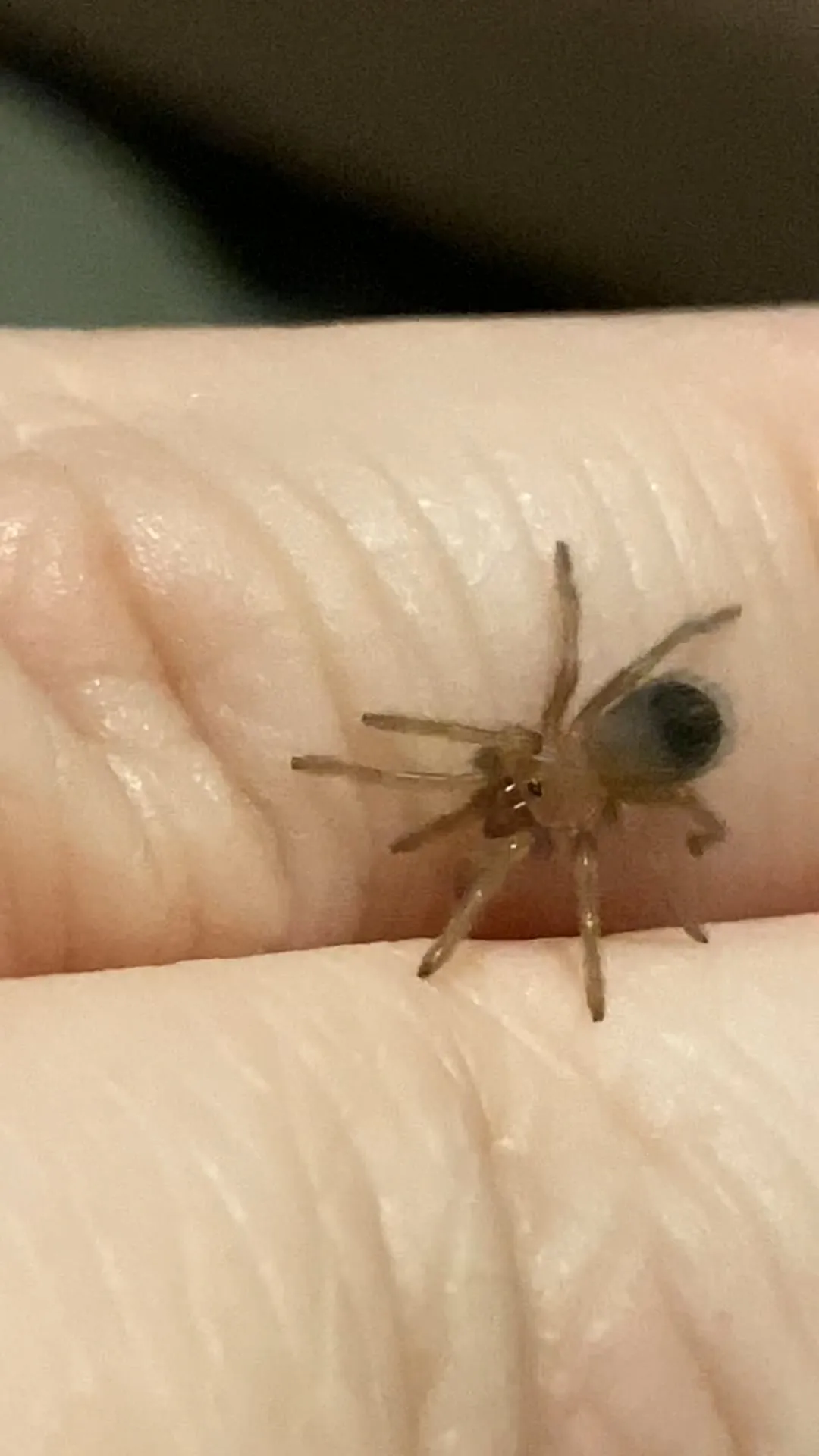
Molting is a natural and essential process for baby tarantulas, during which they shed their exoskeleton to grow. This process involves the spiderling creating a new, larger exoskeleton beneath the old one. Before molting, the spiderling typically becomes less active and may refuse food. It may also spend more time on its back. During the molt, the spiderling will lie on its back, and the old exoskeleton will split open. The new, soft exoskeleton is vulnerable, and the spiderling is fragile. It’s important not to disturb the spiderling during this time. After molting, the spiderling will be very still while its new exoskeleton hardens. Molting frequency varies with the tarantula’s age and feeding schedule. Baby tarantulas molt more frequently than adults. The success of molting is a good indicator of the tarantula’s overall health.
Providing a Safe Molting Environment
To provide a safe molting environment, maintain the correct temperature and humidity levels. Ensure the enclosure is free from potential hazards that could injure the spiderling during the molt. Do not disturb the spiderling during molting, and avoid any sudden movements or vibrations near the enclosure. Provide a substrate that allows the spiderling to comfortably turn over during the process. Some tarantula keepers lightly mist the enclosure to increase humidity before and during molting, but this isn’t necessary if the humidity is already correct. After molting, the spiderling will have a soft exoskeleton and is extremely vulnerable. Do not offer food for at least a week, or until the fangs have hardened. This allows the spiderling time to recover and harden its new exoskeleton. Watch your tarantula after molting for any signs of distress, and adjust the care as needed.
Conclusion
Caring for a baby tarantula is a rewarding experience, but it does demand commitment, careful observation, and a good understanding of their specific needs. By following this guide, you’re well-equipped to provide a safe, healthy, and enriching environment for your spiderling. Always remember that patience and attention to detail are critical to success. Continue to learn and adapt your care based on your spiderling’s individual needs and behaviors. With proper care, your baby tarantula can thrive and grow into a magnificent adult. Embrace the unique journey of raising a baby tarantula, and enjoy the fascinating world of these amazing creatures. Enjoy your journey as a tarantula keeper, and remember that your dedication directly impacts your spiderling’s well-being and longevity.
